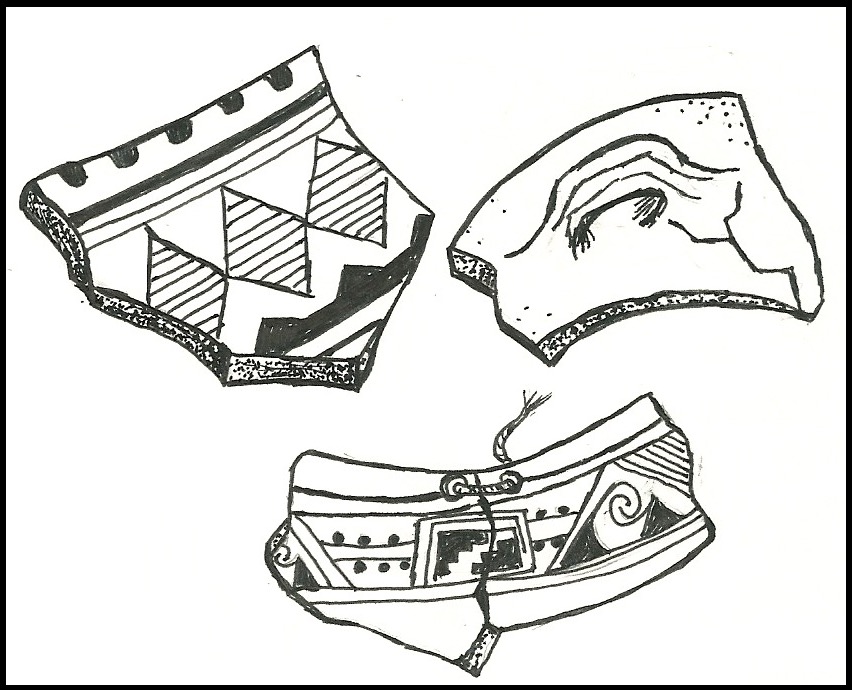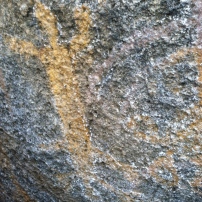

These pictographs are just high enough above a trail to make them difficult to spot (i.e. yay for unintentional protection!). Pictographs are pecked directly onto rock, and in this case, directly onto a sandstone cliff face. The rock art depicts two women and a figure riding a four-legged creature, potentially a horse. There isn’t any readily available information on this panel, but I’m going to hazard a guess that it is proto-historic or historic Ute rock art based on the history/use of this area of Colorado and the style of the pictographs. Figures riding horses are not uncommon motifs in Ute rock art. Horses were introduced to the Ute during the early 1600s by the Spanish, which allowed for the expansion of Ute territory. If you have more information about this rock art, please let me know.
*Please note: rock art is incredibly fragile. Do not touch rock art, spray-paint it, or vandalize it in any way. Not only is it ethically wrong, it is illegal.
For more information on rock art:


















